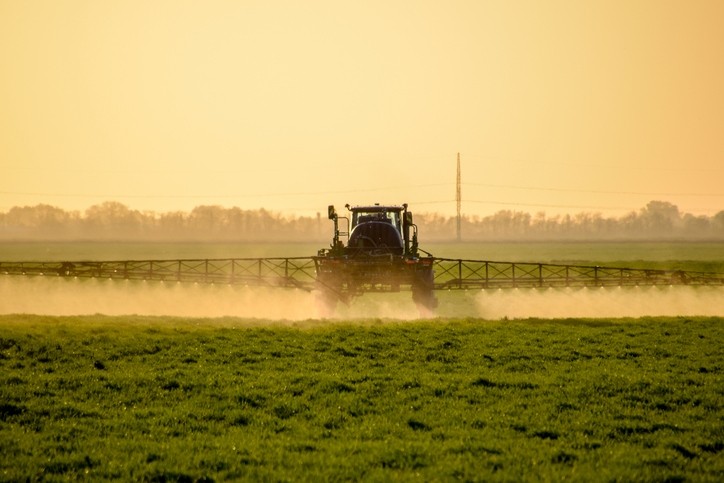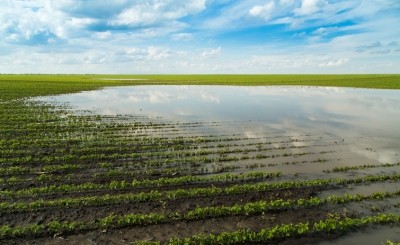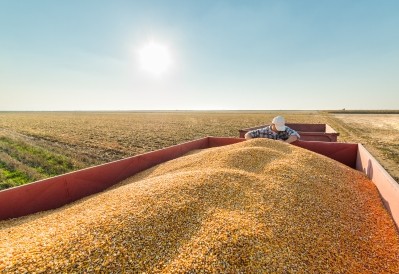US corn harvest lags previous years

The US Department of Agriculture (USDA) released information on the quality and production of several feed crops in its final crop progress report of the year late Monday.
Crop producers in the Midwest may not have too many concerns about a lack of moisture heading into the spring planting season, said Jim Angel, state climatologist for Illinois.
The National Oceanic and Atmospheric Administration announced the formation of a La Nina weather pattern earlier this month with a 65-75% chance it will stay through the winter, which tends to bring wetter winter conditions.
“With this forecast of wetter conditions the biggest headache next spring will be are the fields too wet,” he told FeedNavigator. “This last winter we had several windows of opportunity and people doing field work in February, with this kind of forecast you probably won’t get to do anything in February and will be waiting until a more usual time.”
Previously, there were some drought concerns in Arkansas and Missouri, which spilled into parts of Illinois, he said. But, those conditions are not expected to linger.
Weather patterns
The La Nina pattern is currently expected to fade away in the spring, rather than remaining through the growing season, said Angel. However, it can be less predictable than the El Nino pattern.
“We’ve had some extraordinary winters with La Nina, and some not so much,” he said. “It’s more likely to be wetter than average and temperature wise they’re not saying too much, it could be colder or warmer.”
Overall, the announcement means that weather patterns are expected to be more active, he said. There also is the potential to start the spring period with “recharged,” or water-rich, soils.
“It tends to lessen the chances for drought, because you come in on the wet side,” he said. “We always get nervous when we have a warm, dry winter and a warm, dry spring.”
However, depending on snowpack, the cycle could bring a chance of flooding in parts of the country, said Angel. “The worst case scenario is to have a big snowpack and a cold spring so it melts at once – here in Illinois we usually don’t have a lot of trouble with that, [but] it’s a bigger deal when you go further north,” he added.
Feed crop production specifics
The soybean harvest was not included in the most recent crop report. The previous information available had reported that 96% of the crop had been collected, with several states indicating completion of their harvest, said the USDA.
Corn continues to fall behind the harvest pace set on average and last year, the department said.
About 95% of the crop has been collected in the 18 states responsible for the majority of the corn crop, the department said. Last year, and on average, about 98% of the crop had been harvested by this point.
The only states that had completed their harvest were Missouri, North Carolina and Tennessee, the department said. Several states, including Colorado, Illinois, Indiana, Iowa, Kansas, Kentucky, Michigan, Minnesota, Nebraska, North Dakota, Ohio, Pennsylvania and Wisconsin, trailed the amount they had collected both based on average performance and the previous year’s.
Sorghum production was in better standing in regards to timing, the department said. Last year, and on average, about 96% of the crop has been harvested by this point and this year’s crop is 95% collected.
However, Nebraska and South Dakota have not fully completed their harvests, which they had done by this point last year, the department said.
The winter wheat crop is continuing to emerge, with about 92% of the crop sprouting, the department said. The pace is on average with previous years and last year’s production cycle.
Thus far, about 50% of the crop is reported to be in good or excellent condition, the department said. Last week 52% of the crop had earned that score and last year 58% had.












